My daily update for today:
Fourth and Fifth Periods (English I)
Students today worked on clearing up some final confusion over our first analytic Schaffer paragraph before beginning our second cycle. For example, the excerpt below has the problem of a very general topic sentence. Once it begins so generally, a paragraph will only go downhill from there.
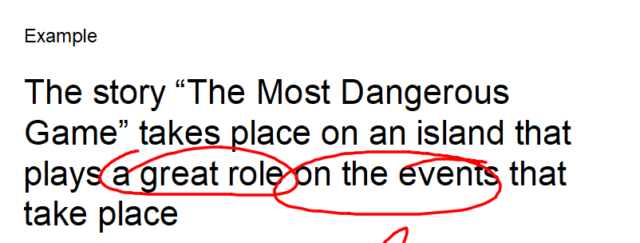
Afterward, we began working on our second cycle of stories that we will use for our next analytic Schaffer paragraph. We’ll be focusing on the narrator’s point of view and the effect that has on the narrative.
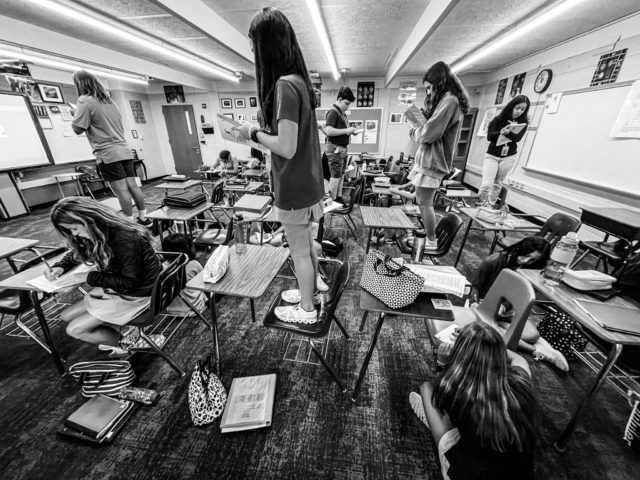
We began with some unusual writing to illustrate the simple fact that what we see, figurative and in this case literally, depends on where we stand.
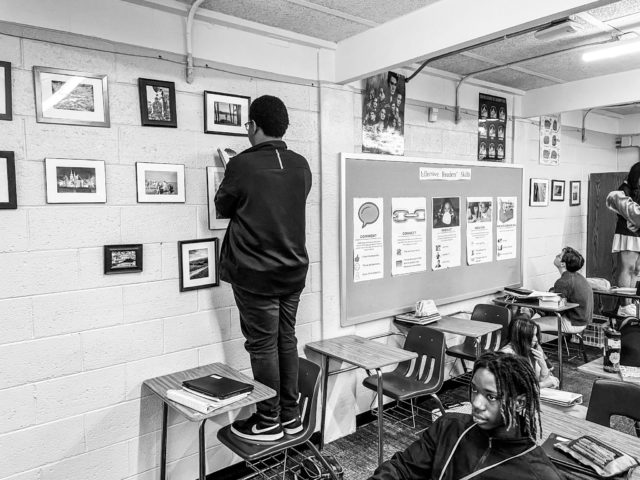
The “where we stand” element has to do with everything from past experience to religious views, from political views to personal food taste, and everything in between.
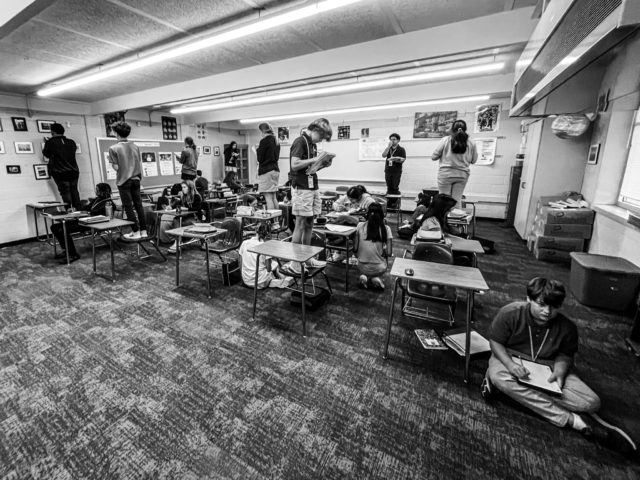
Then we read an intriguing story, “In the Family” by Maria Elena Llano (on Moodle). We’ll be using this tomorrow to examine how we can use the point of view of the narrator as an analytic framework and then plan a Schaffer paragraph around it.
Sixth Period
Students in sixth period finished their second Schaffer paragraph, the one that’s truly a beast: using quotes from a text as the basis for the concrete details.
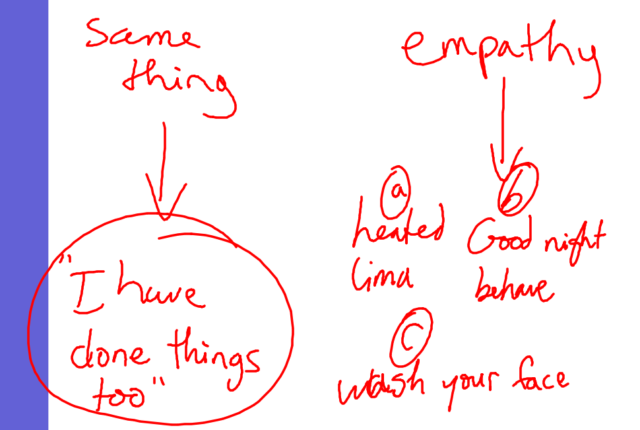
We picked up where we left off Friday and worked on our concrete details.

They key to using quotes in concrete details, they discovered, is to mix your words with the writer’s words: the student needs to include information about the context of the quote (the who and when in the story) and then try to slide the quote into the sentence naturally so as to avoid saying things like “For example, the text says…”
Some of the excellent examples they:
created include:
- In addition, while Ms. Jones and Rogers are eating, she takes care to not say anything “else to embarrass him” because she knows what it’s like from first hand experience.
- In addition, after Mrs.Jones had Roger wash his face and had a very true and kind conversation with him “she heated some lima beans and ham she had in the icebox”.
- For example, after she had him wash his face and had a very true and kind conversation with him, “she heated some Lima beans and ham she had in the icebox.”
Seventh Period
Students in the final period completed their first real Schaffer paragraphs after examining three example paragraphs in various states of disrepair. They had several options to choose from for each paragraph:
- The TS is too general.
- The CDs are not logically connected to the TS.
- Each chunk is missing a CM.
- The CDs do not use transition words
- The CMs have no connection to the CDs.
- Nothing — it’s perfect.
Students evaluated the paragraphs first in groups and then alone.
Afterward, we worked on our first Schaffer paragraphs:

Every student had a topic sentence they’d created in groups: “In order to have a great year, students should (1) and (2).” The numbers represented their two best ideas from the list they’d brainstormed. Afterward, on Friday, we made sure that the two ideas from the TS made it to CDs. And today, we worked on completing the two CMs for each CD, thus completing our first Schaffer paragraph.
We’re only two full weeks into the school year, and one of my on-level classes is about 1.5 days ahead of the other on-level class. It leaves me wondering what to do: slow down one class to let the other catch up, or skip some things with the slower class to help speed up the pace.
Neither is a good option. Time for enrichment lessons…